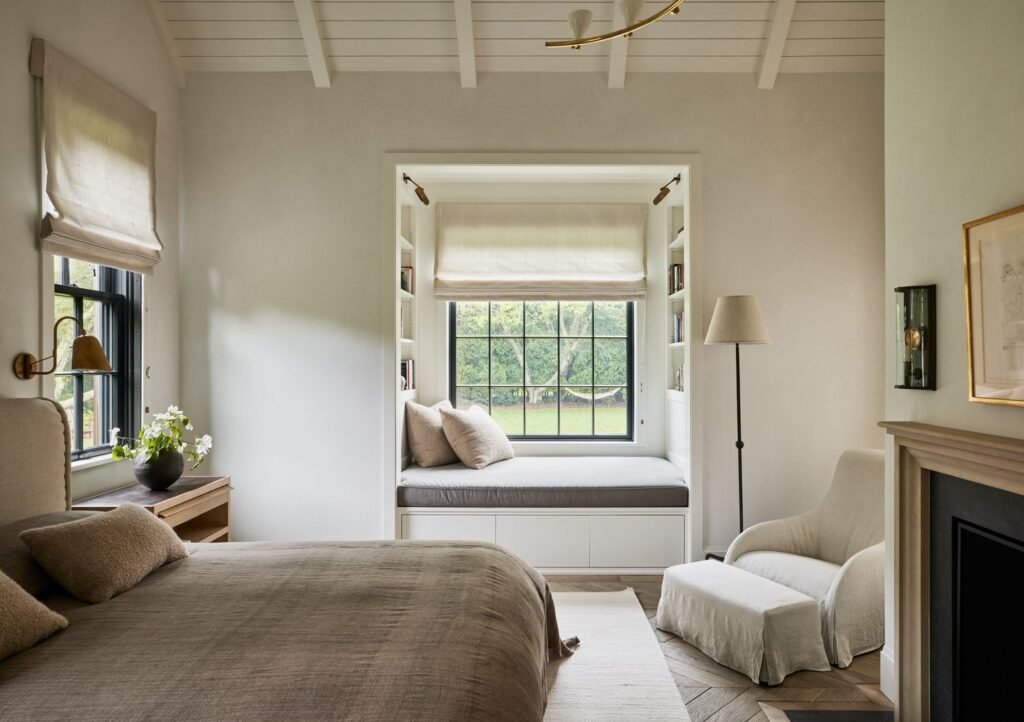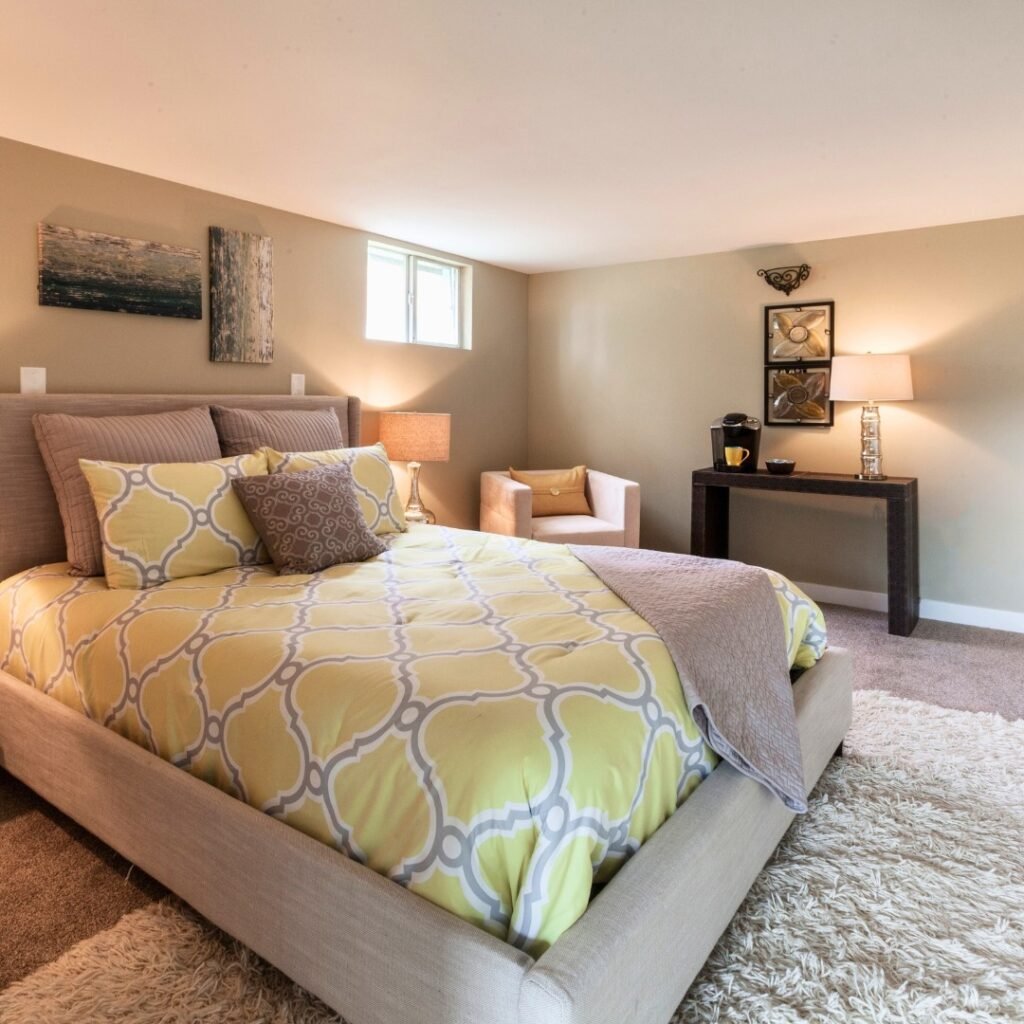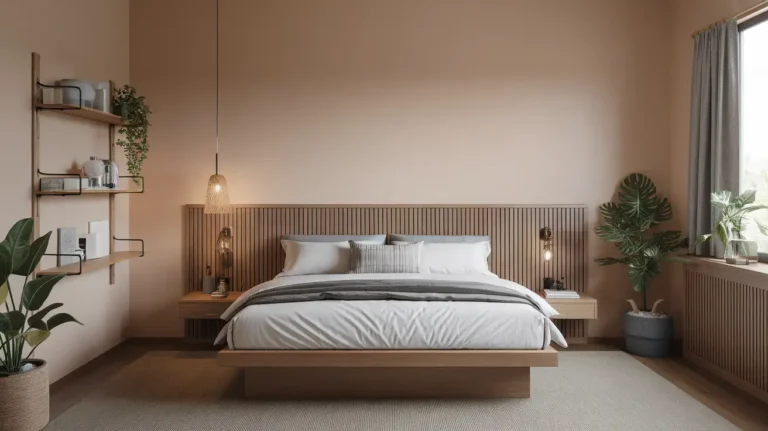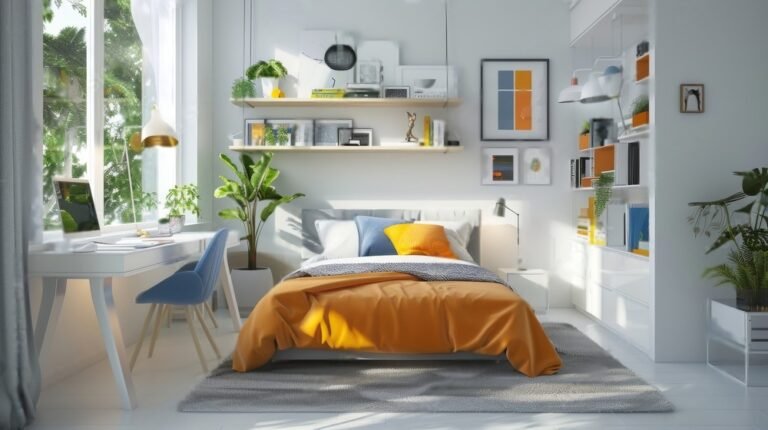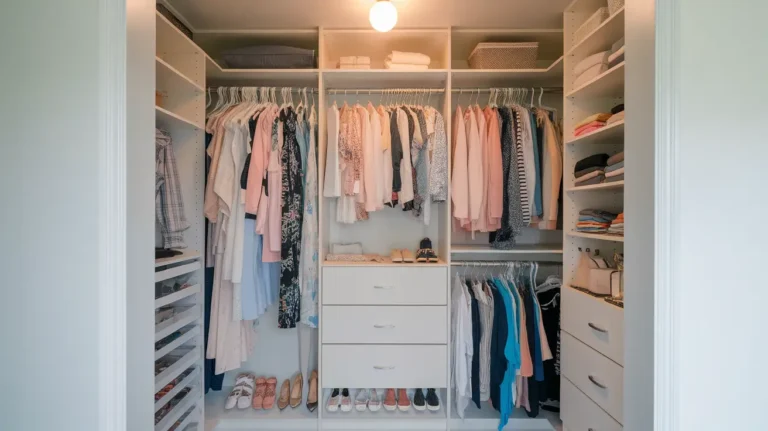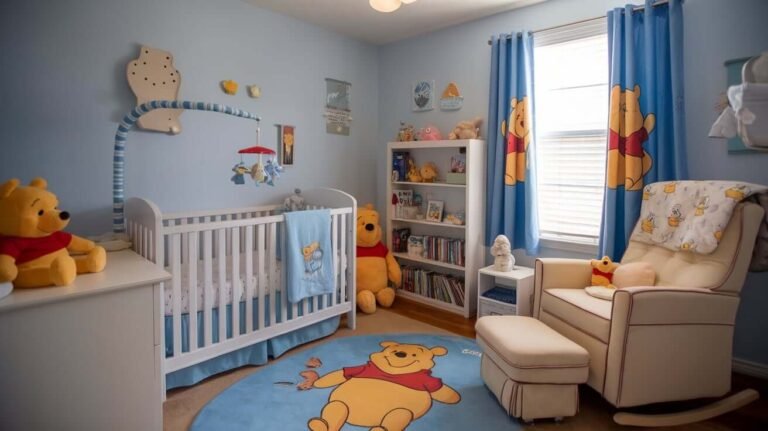Does a Bedroom Need a Window? Rules, Safety & Design Tips
Most of us take bedroom windows for granted, but what happens when you’re considering a space without one? Whether you’re house hunting, planning a renovation, or converting an existing room, understanding window requirements for bedrooms is crucial for both legal compliance and livability.
The short answer is yes—in most jurisdictions, a bedroom legally requires a window. However, the specifics vary significantly depending on your location, and there are creative solutions for spaces that don’t meet traditional requirements.
This article will walk you through the legal requirements, safety considerations, and practical alternatives for bedrooms without windows.
Legal Requirements for Bedroom Windows
Building codes across most of the United States mandate that bedrooms must have at least one window or exterior door that opens directly to the outside. This isn’t just a suggestion—it’s typically required by law.
International Residential Code Standards
The International Residential Code (IRC), which serves as the foundation for most local building codes, specifies that bedrooms must have an emergency escape and rescue opening. This opening must meet specific size requirements:
- Minimum net clear opening of 5.7 square feet
- Minimum net clear height of 24 inches
- Minimum net clear width of 20 inches
- Maximum sill height of 44 inches from the floor
Why These Requirements Exist
These regulations stem from two primary safety concerns. First, windows provide a secondary means of escape during emergencies like fires, when primary exits might be blocked. Second, they ensure adequate natural light and ventilation, which are essential for health and habitability.
Local Variations
While the IRC provides a baseline, individual states and municipalities often have their own specific requirements. Some areas may be more lenient, while others impose stricter standards. Always check with your local building department before making assumptions about what’s legally acceptable in your area.
What Happens If a Bedroom Lacks a Window?
A room without a proper window cannot legally be called a bedroom in most jurisdictions. This has several important implications you should understand.
Real Estate and Marketing Implications
When selling or renting a property, you cannot legally advertise a windowless room as a bedroom. Instead, it must be listed as a den, office, or bonus room. This can significantly impact your property’s market value and appeal to potential buyers or renters.
Insurance Considerations
Some insurance companies may raise questions about windowless sleeping spaces, particularly regarding liability and safety compliance. It’s worth checking with your insurance provider to understand any potential implications.
Safety Concerns
Beyond legal requirements, windowless bedrooms pose genuine safety risks. During emergencies, occupants may have only one exit route, which could prove dangerous if that route becomes blocked.
Alternatives and Solutions for Windowless Bedrooms
If you’re dealing with a space that lacks a traditional window, several alternatives might help you meet code requirements or improve the room’s functionality.
Egress Windows
Installing an egress window is often the most straightforward solution for basement bedrooms or rooms that currently lack proper windows. These windows are specifically designed to meet emergency escape requirements and can transform a non-conforming space into a legal bedroom.
The installation process typically involves cutting through the foundation wall and creating a window well for below-grade installations. While this can be expensive—often costing several thousand dollars—it adds significant value to your home.
Glass Block Windows
In some jurisdictions, glass block windows may satisfy building code requirements while providing natural light and maintaining privacy. These windows don’t open, so they won’t meet emergency egress requirements in most areas, but they can be part of a solution when combined with other features.
Exterior Doors
An exterior door that opens directly to the outside can sometimes substitute for a window, provided it meets the minimum opening size requirements. This solution works particularly well for basement bedrooms or additions where a door can provide both emergency egress and access to outdoor space.
Mechanical Ventilation Systems
While not a substitute for emergency egress, proper mechanical ventilation can address air quality concerns in windowless spaces. High-quality ventilation systems can provide fresh air circulation and help prevent moisture buildup and stuffiness.
Special Considerations for Different Spaces
Different types of rooms present unique challenges and opportunities when it comes to window requirements.
Basement Bedrooms
Basement conversions are popular for adding bedroom space, but they often require the most work to meet code requirements. Installing egress windows in basements involves excavation, waterproofing, and careful attention to drainage to prevent water issues.
Attic Conversions
Converting attic space into bedrooms often requires adding dormers or skylights to meet both headroom and window requirements. Skylights can sometimes satisfy egress requirements if they’re properly designed and accessible.
Interior Room Conversions
Converting an interior room (like a den or office) into a bedroom typically requires either adding a window to an exterior wall or changing the room’s designation rather than its actual use.
Health and Comfort Factors Beyond Legal Requirements
Even when legal requirements are met, bedrooms benefit significantly from proper windows for reasons beyond emergency egress.
Natural Light and Circadian Rhythms
Natural light plays a crucial role in regulating our circadian rhythms and overall health. Bedrooms without adequate natural light can contribute to sleep disorders and mood issues. If you must use a windowless space for sleeping, consider investing in light therapy devices or full-spectrum lighting.
Air Quality and Ventilation
Windows provide natural ventilation that helps maintain healthy indoor air quality. Without them, spaces can become stuffy and may develop moisture problems that lead to mold growth. Proper mechanical ventilation becomes even more critical in these situations.
Temperature Control
Windows allow for natural temperature regulation through cross-ventilation and the ability to release hot air. Windowless bedrooms may require more robust HVAC systems to maintain comfortable temperatures.
Making the Most of Windowless Sleeping Spaces
If you must use a windowless room for sleeping—whether it’s legally designated as a bedroom or not—several strategies can improve the space’s livability.
Lighting Solutions
Invest in high-quality artificial lighting that can mimic natural light patterns. Full-spectrum LED lights, sunrise alarm clocks, and even light therapy devices can help compensate for the lack of natural light.
Ventilation Improvements
Install high-quality ventilation fans and consider air purification systems to maintain good air quality. Ensure adequate airflow between the windowless room and other areas of the home.
Safety Measures
Install smoke detectors and carbon monoxide detectors, and ensure clear exit routes are always maintained. Consider keeping emergency supplies and flashlights easily accessible.
Conclusion
Understanding whether a bedroom needs a window involves navigating legal requirements, safety considerations, and personal comfort preferences. While most jurisdictions do require windows or equivalent emergency egress for spaces designated as bedrooms, solutions exist for challenging spaces.
Before making any decisions about windowless bedrooms, consult with local building officials, contractors, and real estate professionals who understand your area’s specific requirements. Whether you’re buying, selling, or renovating, being informed about these requirements will help you make decisions that protect both your investment and your family’s safety.
Remember that while creative solutions can address many challenges, there’s no substitute for proper emergency egress when it comes to safety. When in doubt, prioritize safety and legal compliance over convenience or cost savings.


